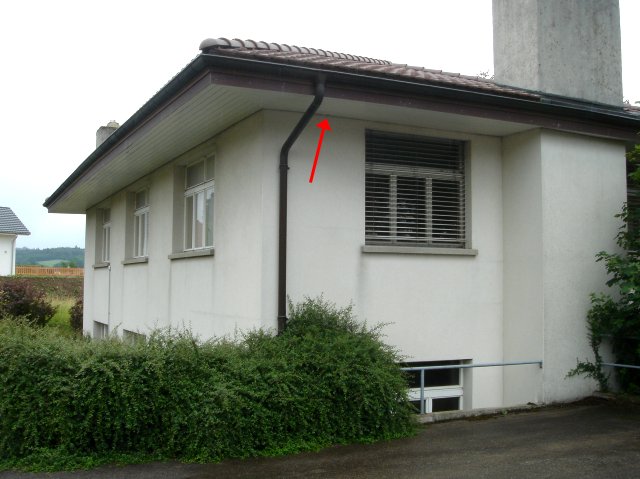Animal Magnetism |
|

The cotoneaster hedge which surrounds Fourmilab is home to a large number of medium-sized snails which come out and slime their way across the driveway whenever it rains in the summer. Usually, they return to the shade and shelter of the hedge when the sun comes out and the pavement dries, but if they're “caught out” with insufficient slime to make it back (and heaven knows how they navigate, anyway), they'll “cement” themselves to whatever surface they happen to be upon. This does two things: first of all, it creates a vapour barrier which prevents further loss of their internal moisture which, in the 30+°C temperatures and direct sunlight common here in the summer, would otherwise rapidly dessicate them. Second, it protects them from the abundant ants (this is Fourmilab, after all!) which patrol this area. If a snail is accidentally dislodged from its cemented position and not returned to shelter, ants will quickly attack and devour the vulnerable soft-bodied mollusc within the shell—not a pretty thing to contemplate, but that's “nature, red in tooth and claw” (or, at least the equivalent arthropod body parts) for you.
I don't know how snails navigate, but whatever the mechanism, it
doesn't always work very well, because every now and then you'll find
a snail which has climbed vertically, high up the wall of a building
and glued itself on when
the rain stopped. Usually, they go away after a day or two—I
don't know what becomes of them: whether they come back down when rain
or fog permits them to move again, or they eventually drop off, back
into the hedge. (Given how small and light they are, and the relative
strength of the shell due to the cube-square law, I doubt such a fall
would damage them.) On Friday, July 7th, 2006, I observed the most
extreme example of mollusc mountaineering I've seen to date. After
two days of off-and-on rain with the occasional thunderstorm, a snail
had managed to climb the west wall of Fourmilab, a distance of about
four metres if the path was straight up, which is not the way to bet,
turn the corner onto the eave outside the computer lab window, and
then glue itself to the painted wood surface there.
A close-up shows the snail, along with a few insects
caught in a spider-web (the light emanating from the windows of the
computer lab as Fourmilab programming projects stretch late into the
night makes it prime hunting grounds for the local arachnid
population), on the horizontal eave, with the vertical wall below.
|
|